10 December 2013
“Specialized in not being specialized”: this is how the Milanese architect, designer and musician Lorenzo Palmeri describes himself. In the absence of specialization, Palmeri has demonstrated his versatility by designing the Paraffina Slapster guitar, which Lou Reed took with him on his last world tours; by playing with Franco Battiato and the bass player Saturnino on his debut album Preparativi per la pioggia; and by designing objects of every kind, from an electric hand dryer to the Promenade lamp, with which he won the Good Design Award in 2005. After studying at Milan Polytechnic and assimilating the teaching of the great Bruno Munari, he now divides his energies between the prototyping of his latest product and the release of the new disc. We met him last summer, during a break between real journeys and mental ones from one discipline to the other.

Lorenzo Palmeri, Preparativi per la pioggia, cover.
Where have you just come from?
From a fascinating workshop in the town of Troia, in Puglia, where we redesigned the shape of the loaf of bread. It was very interesting because bread is something people eat every day and it is associated with a whole world of meanings on which we do not always take time to reflect. In Troia, for example, I met ladies in their nineties who go out every day at five in the morning to buy freshly baked bread. Going out to get bread at the crack of dawn is a habit rooted in the scarcities of the war: seventy years later the baker still sees a peak in the number of customers between five and eight in the morning.
And what does this have to do with design?
It’s relevant to my current idea of design, because at the moment I’m not so much interested in the product as in the principle, the model it implies and the movement it generates. For me this has become the true subject of design: the relationship, in its various forms, between object and person, production and life, project and supply chain, company and company.
Does the theme of relationship influence just the designer or the musician too?
Both obviously, and right there in Puglia I had a fantastic experience with a town band. On my way back to Milan by train I happened to read an interview in which Riccardo Muti spoke of the extraordinary heritage represented by our country’s local bands. The band is the place where many young people get their initiation into music, which happens through a very distinctive, naïf sound, full of ascending or descending elements, never very precise, always vaguely but evocatively off key. And the band becomes in turn a mode of relating for the entire town.
Do you see an analogy between town bands and local crafts?
Certainly, indeed much more than an analogy because the craftsmen are the band. In Troia all the players are artisans, because they all stop working late in the afternoon and devote themselves all together to this activity in the evening. In the band I found the baker, the blacksmith, the carpenter…
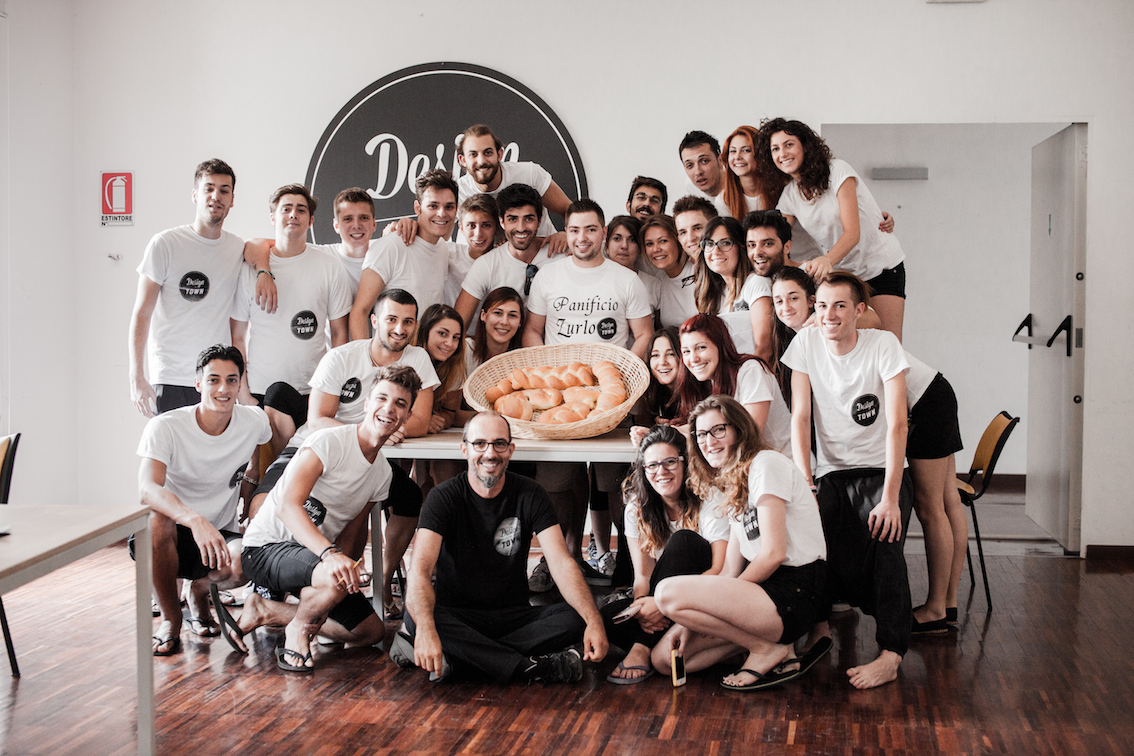
Lorenzo Palmeri, workshop, Troia, Puglia
Isn’t this attention to small local communities another symptom of crisis?
I think the crisis we are going through has two components. The first is the financial and political disaster that I would put on the same plane as human folly. Beyond this, however, there is a theme that is rarely mentioned, perhaps out of fear of appearing out of step with the spirit of the times. I’m referring to the spread of the computer, the internet and the democratization of knowledge that this has brought. The systems of creativity (graphics, photography, music, now design) have fallen one by one: today everyone thinks they can do something that in reality they don’t know how to do. Obviously, the greater ease of access to certain professions also produces points of excellence that would never otherwise have emerged. But exceptions do not make a system, even though many continue to talk about them as if they were tips of it’s not clear what iceberg.
In Italy, the benefits that technology has brought to the design system are not so evident. In this country, for example, e-commerce has not yet taken off.
I think it’ll take time. In part because, at least in our country, selling still needs a relationship. I’ve read of an interesting phenomenon that is becoming a very serious problem for sales outlets: people go to stores to see the physical products and then buy them, at a discount, online. The problem is that in the end the person who has put on a show, explaining the qualities and properties of the product to you, is the only one who doesn’t gain from it. The benefit goes to someone else, who has played no active part in the sales relationship.
What would you like to design that you haven’t designed yet? What professional aspirations have you not yet put to the test?
There are many of them: eyeglasses, shoes, clothing, a watch. Lots of things to wear, therefore. And then other musical instruments. But I’d also like to compose an opera.
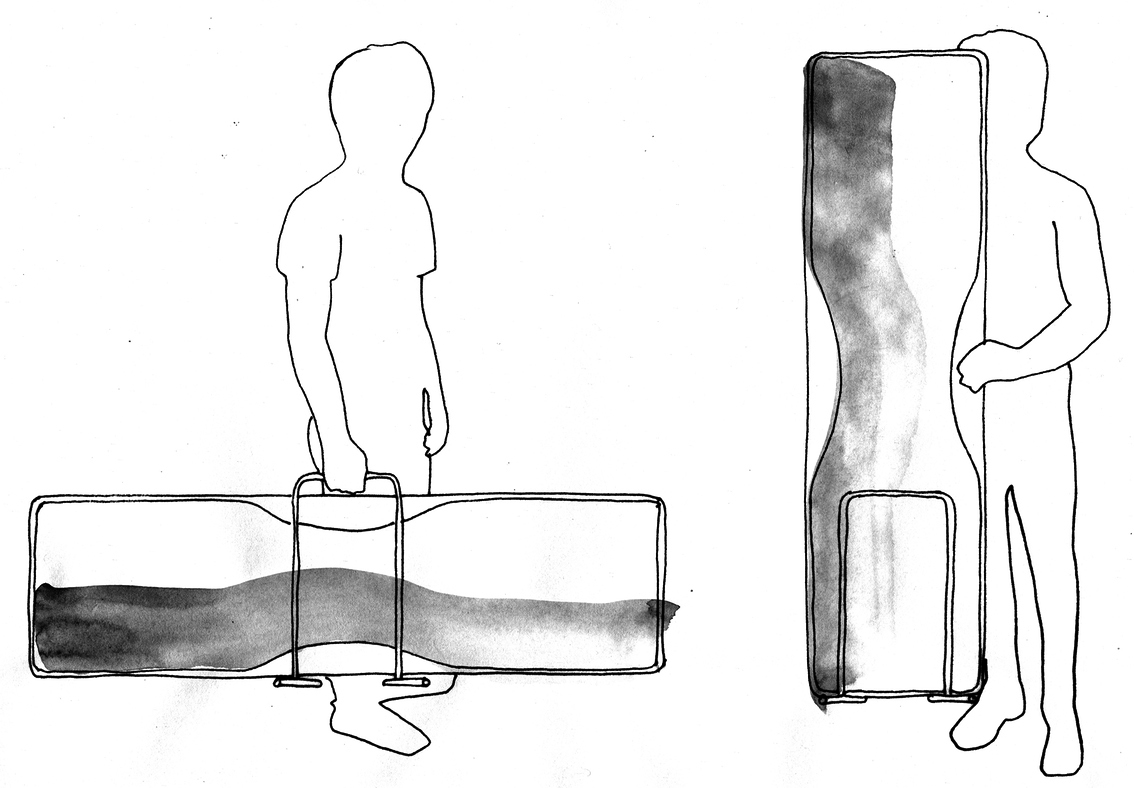
Corista, design by Lorenzo Palmeri, for Caimi Brevetti, 2013. Sketch.
And what would you prefer not to design, or would even refuse to design?
A weapon. Because I don’t believe in the innocence of the means.
Going back to the effects of the democratization of abilities, isn’t it paradoxical that a hybrid figure like you speaks of it in such critical terms?
I think that all of us, every day, are busy with a hundred things at once. We are all multitasking and able to deal with dimensions very distant from one another. It happens when we do the shopping, pay our taxes, choose what to eat and how to cook it, educate our children. We are all multidisciplinary by definition. The only difference is that I have made some of these disciplines my profession, I get paid to practice them. Every time I immerse myself in a project I do it totally. I don’t stop until I’ve dissected every aspect. And above all, it is the method that interests me.
It is no coincidence that you are a very enthusiastic teacher. One of your own teachers, Bruno Munari, found himself in difficulties when it came to the entry Creativity in his celebrated methodological scheme: it’s the one where he provided the least explanations. In your view, how much is it really possible to teach a creative profession like yours?
I don’t deny that I have some doubts about the usefulness of teaching, but I’m not a fanatic about talent. In itself, talent is an innate quality for which you can take no credit, like your height or the color of your hair. I admire it and am amazed by it, but what I value is the work that follows, the ability to develop skills through daily practice. As far as Munari is concerned, I think that he taught in a “direct” way and it is for this reason that he didn’t mention certain passages in his formula. His teaching was rooted in a gut feeling, not studied: he loved the oral tradition and favored the ancient didactic systems of the esoteric and mystery schools of the East, the transmission of knowledge through fables and stories that make use of allegories and symbols. For my part, I think that these allegories can also be very ordinary, everyday matters, like the bread of which we were speaking earlier. Or like the story of a failure, a meeting, a relationship. There are many means that can be used to teach without being didactic and theoretical in the academic sense. This is because allegory has the power to generate an experience, and one that is all the more intense the more it helps you to identify with something.
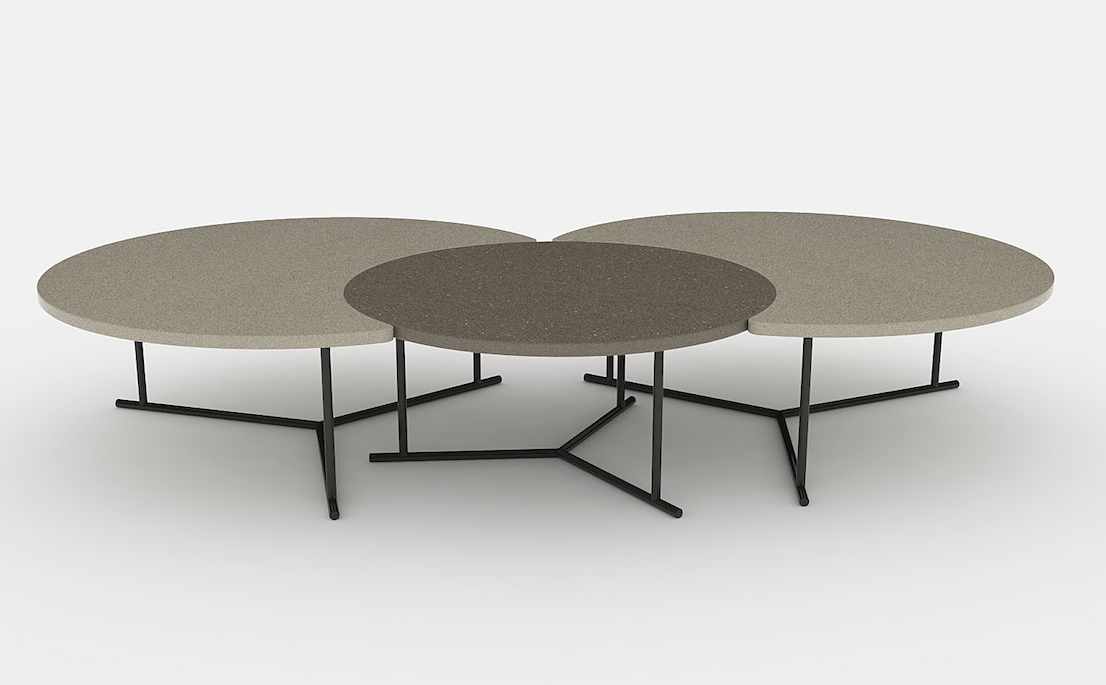
Traces, design by Lorenzo Palmeri for Moroso.
You have made multidisciplinarity your trade, let’s talk about it.
Yes, I’ve realized that my specialization is crossing boundaries. I think that sector-based activity has had its day, and as far as I’m concerned the thing is more and more evident: in the end I am recognized for my specialization in non-specialization.
You’re not afraid that it’s too fragmentary an approach?
I’m happy to be a designer, in other words to belong to a category that is able to unite different disciplines. And yet it is only recently that I’ve made peace with this nature of mine: there was a period in which I preferred not to talk about all this, as I felt very strong pressure to make a name for myself through a specialization. Now, instead, I’m in demand precisely for my incurable versatility.
For Stone Italiana at this year’s Milan Furniture Show you carried out a project that involved many different companies in what seemed to be a hymn to multidisciplinarity. The result was a series of decidedly surprising products: a supporting surface that incorporated pieces of fabric, with Moroso; a new composite material made of stone and wood produced with Alpi; and even a collaboration with a direct competitor like Brix. How did you manage to bring all these players together?
In the first place because, more than products, I was trying to design a new noncompetitive model of production. Or rather, a model that would be competitive in a constructive sense, that would avoid destructive rivalries. The need arose from the fact that for some time people have been saying that “the paradigm is changing.” There are many open hypotheses and stalled systems (commencing with politics), but no one really knows what is going on. So I asked myself how to change things, and I started out from what I wouldn’t like to see in the new paradigm. In reality, there are a lot of things I wouldn’t like to see, but I chose one: negative competition.
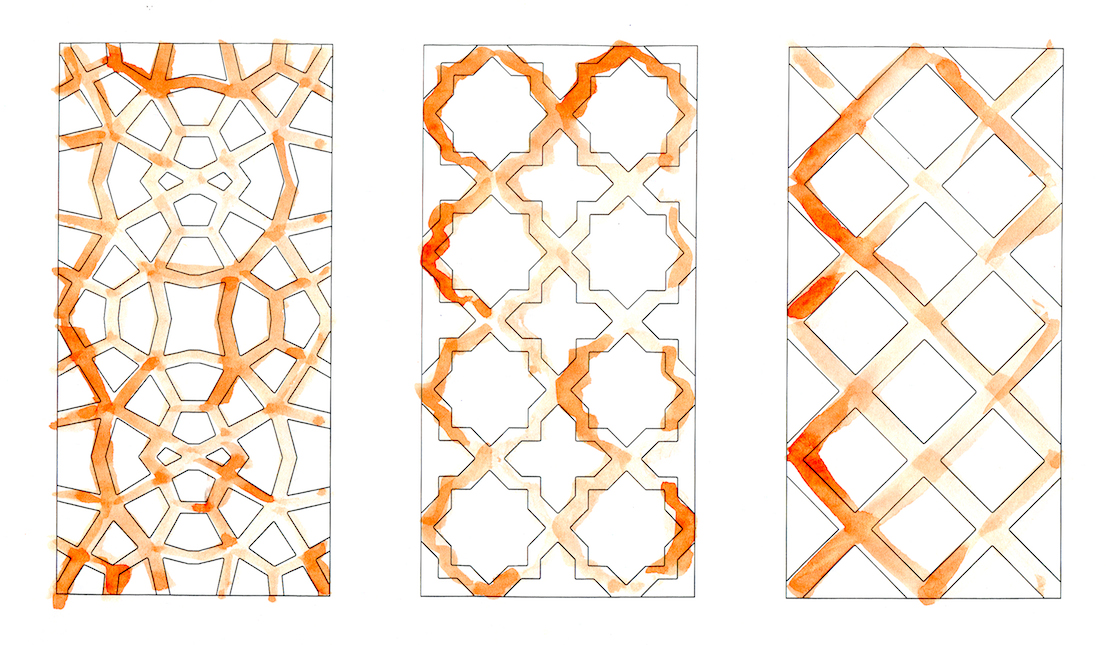
Confessions, design by Lorenzo Palmeri for Alpi. Sketch.
What do you mean exactly by negative competition?
I think that it is the cause of many failures, and unfortunately it is inculcated into us from our school years. The system of assigning grades is a far from natural system of learning and teaching. It is no coincidence that the more progressive schools have eliminated grades as a scheme of evaluation that does not take account of diversity and individual characteristics. To simplify, in negative competition if someone is better than me, I want to wipe him out. In contrast, if the competition is positive, the person who is better is admired by the others, who try to learn from him, not get rid of him. Then competition becomes a stimulus to improve. Companies by their nature have to compete, and it seems to me that they do it under the impression that they are fighting a little war, with no holds barred.
What is the alternative?
I wanted to design a system based on a different model of competition, let’s call it positive. To do so I worked on two levels: one was that of interest, which can be satisfied through the opportunity to enrich your world with experiences to which you wouldn’t otherwise have access. The second level is that of neutrality, in the sense that I don’t come into your house and you don’t come into mine, but together we build a new house in which to live together, a house that is yours and mine from the start. This new house is a project that satisfies my interest and that of others.
Personally what relationship do you have with the competition? I’m thinking, for example, of your many designer friends: Iacchetti, Ragni and Fioravanti, among others.
I’ll answer you with what Andrea Branzi said to me at a debate on differences between the generations: “In the end each of us does what he can, in the way he can, when he can.”
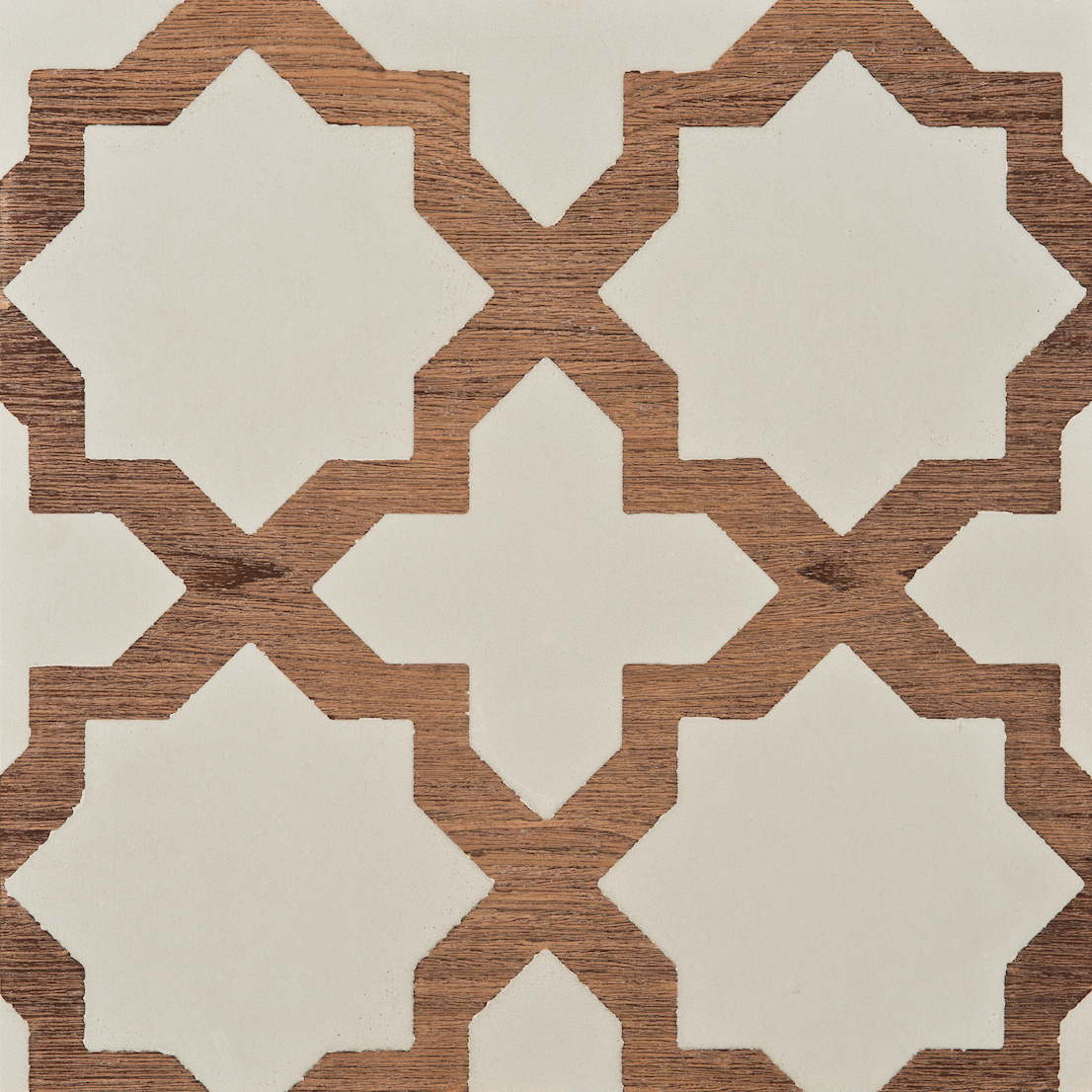
Confessions, design by Lorenzo Palmeri for Alpi.
On the subject of generations, don’t you think that with respect both to the generation of the masters and to the so-called middle one, you have in common an attention to the utility of the object from a social, ethical and political viewpoint as well, even if not an ideological one as happened with the masters?
Yes, I agree about the fact that our attitude is more political and less ideological. But I would add that there are some differences. The first is that when we entered the world of design there was a widespread feeling that the sector was saturated, that everything there was to say and do had already been said and done. The second is that all the designers I know are fundamentally individualists, but each in his own way has constructed a small system in which to move. Often we invite each other to carry out projects, sometimes we simply pass the baton, thinking that the other is better suited to a particular company. The third consideration, as far as I’m concerned, is that I’m pursuing the aim of design as a service. To be sure, in the object of design, just like in songs, there often emerges what we can call a personal expression. Beyond this, however, I’m interested in the feeling of providing a service, be it functional, expressive or of ideas.
Do you have the supply of a service in mind when you make music too?
Certainly. For example, my latest album, Erbamatta, which will be released in the first few months of 2014, is a bridge between music and design, and is conceived as a model of service. Since the “disc” is one of those models in crisis of which we were speaking earlier, I felt like tackling it as a whole, and thus not limiting myself to composing and playing. Except for the musical content, the “disc” as an object passes in fact through a series of production processes in which you often sense a lack of design. Erbamatta tries to fill this gap through a well-structured and innovative program of distribution and promotion.
What have you come up with in particular?
I’ve involved various companies in a single project. There will be several Erbamatta products, one per company, which will be brought onto the market over the course of a year, each with its own circuit of distribution. Each product will be publicized through the disc and vice versa. The plan is to hold a series of presentations in the showrooms of the companies involved as well as at some of the temples of design; a mini-tour that only later will move onto the typical circuits of the music industry. Apart from this, there will be a number of objects produced in limited runs, an app and other curious ideas. Besides, Erbamatta is intended to be a sort of metaphor-manifesto: erbe matte or “weeds” grow even on concrete, railroad tracks and sidewalks. They spread freely, in an unpredictable way, carried by the wind or the chance passage of a bird. These plants often have curative powers and are only dismissed as weeds because they appear to invade rigid and artificial arrangements.
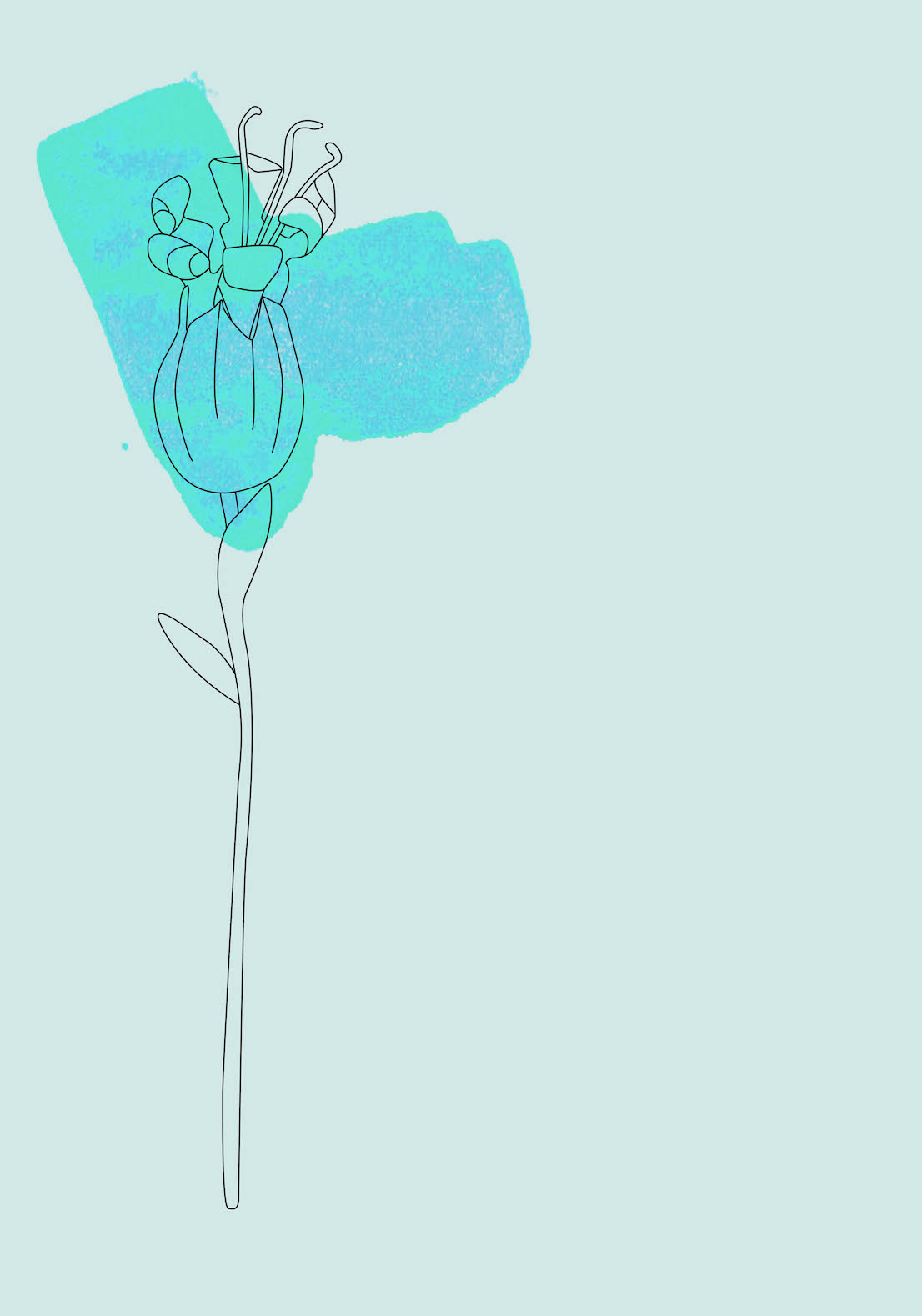
Erbamatta, design by Lorenzo Palmeri, wallpaper.
What are the fundamental differences between the world of music and that of the production of objects?
Music has an industrial system of production that is currently in a very bad way. The possibility the MP3 has provided of downloading a product that is by definition immaterial is causing a very serious crisis in the sector. In addition, while in the world of design it is easy to find people crazy about the product, this happens much less often in the music industry, and it is far more difficult to find a figure comparable to the captain of industry who wants to follow the whole process. Then, just as in design, there are experimental musicians who manage to survive with small-scale productions and alternative concert circuits. But the real difference between the music and design industries in my view is at the top, in the figure of the company owners, who in the design world are still passionate about the things they produce.

Lorenzo Palmeri
One last question: what do you feel about fame and success?
I think that success is important to the extent to which it is my work as a designer that determines my personal success. But I don’t believe that this is necessarily linked with fame. Fame is another matter and may have no connection with the idea of success, with the sensation of having hit the target. Too often, though, the two things get mixed up.
You don’t think that that kind of fame can give you a freedom of choice in the directions you take?
I can’t speak for everyone, obviously, but I believe that great fame, the kind that generates manias, can also kill. There are people who have had sufficient balance to derive benefit from it, but it can’t be said that fame is a good or bad thing in itself.
So what do you consider your personal success?
Following and constructing a sort of personal epic. A story, a project that can be of help to others too.
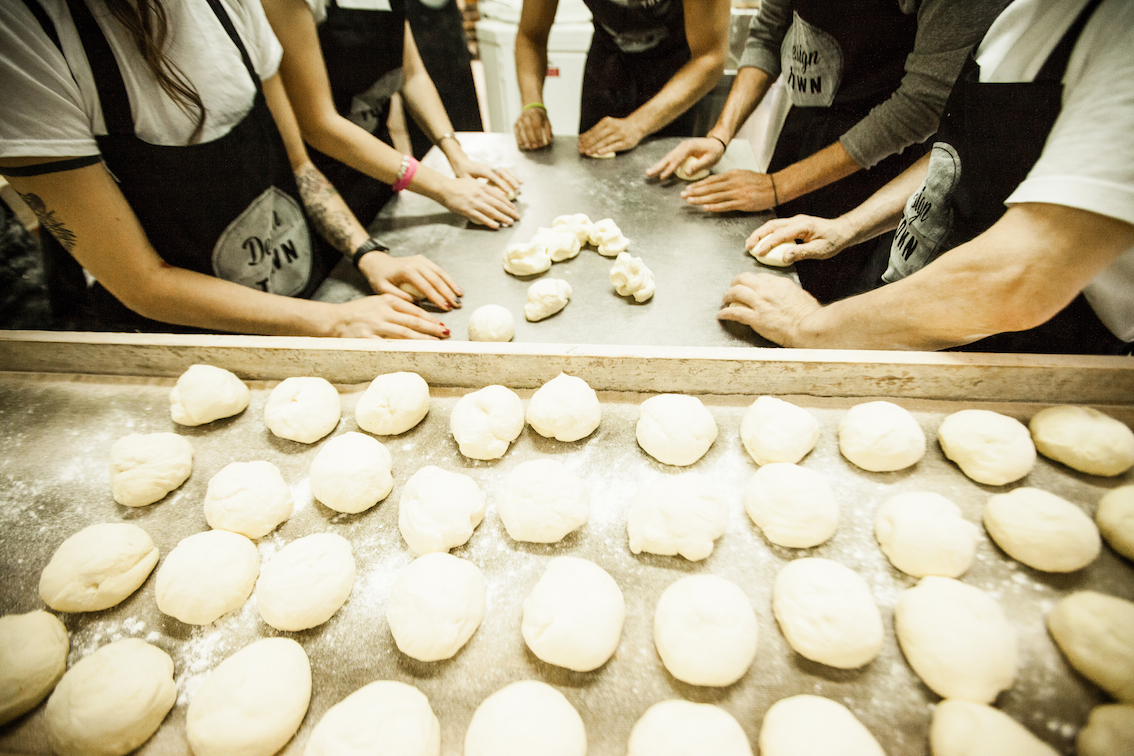
Lorenzo Palmeri, Workshop, Troia, Puglia
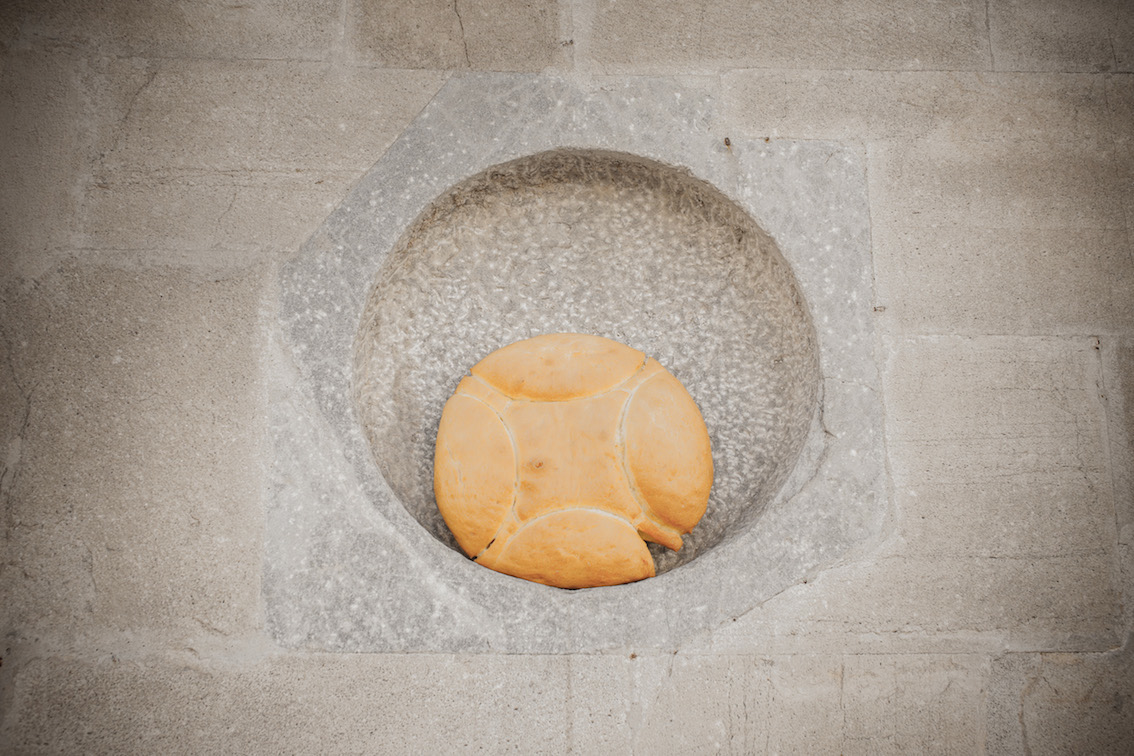
Lorenzo Palmeri, Workshop, Troia, Puglia
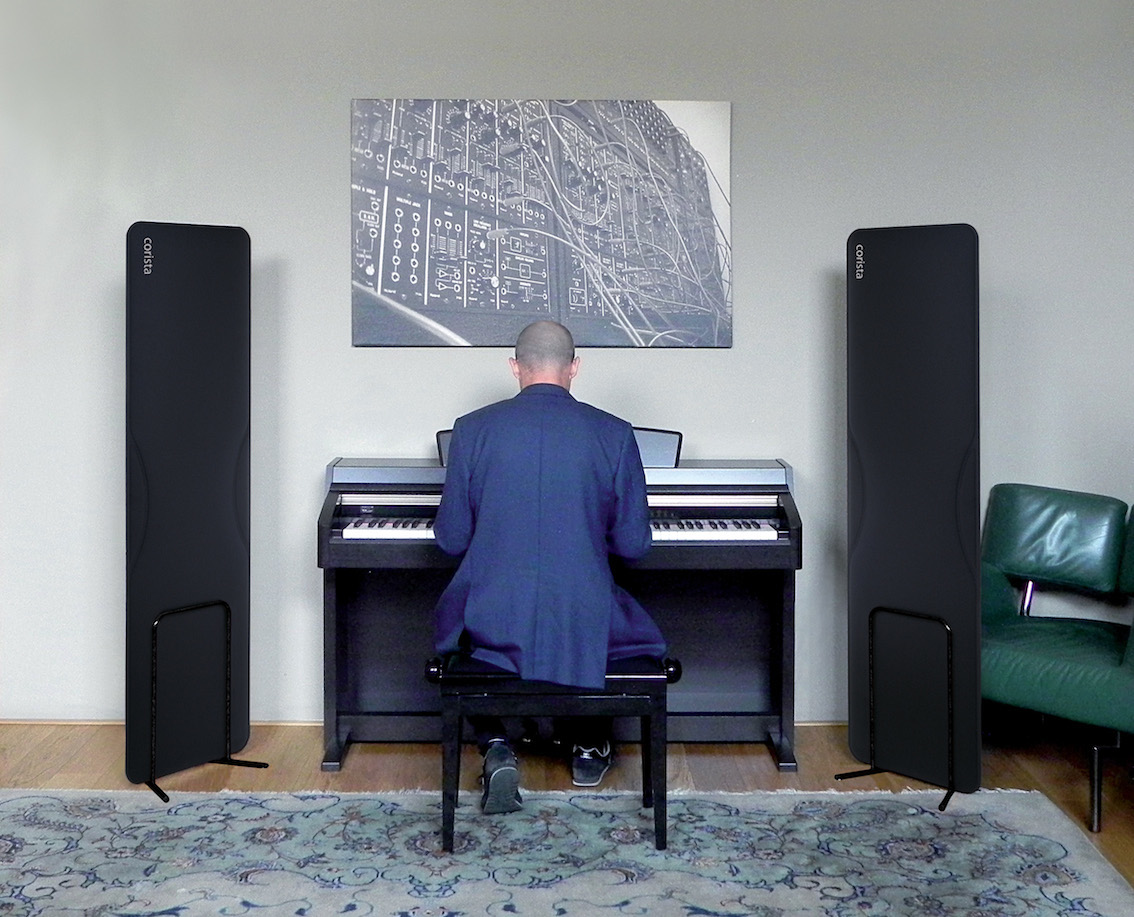
Corista, design by Lorenzo Palmeri, for Caimi Brevetti, 2013.
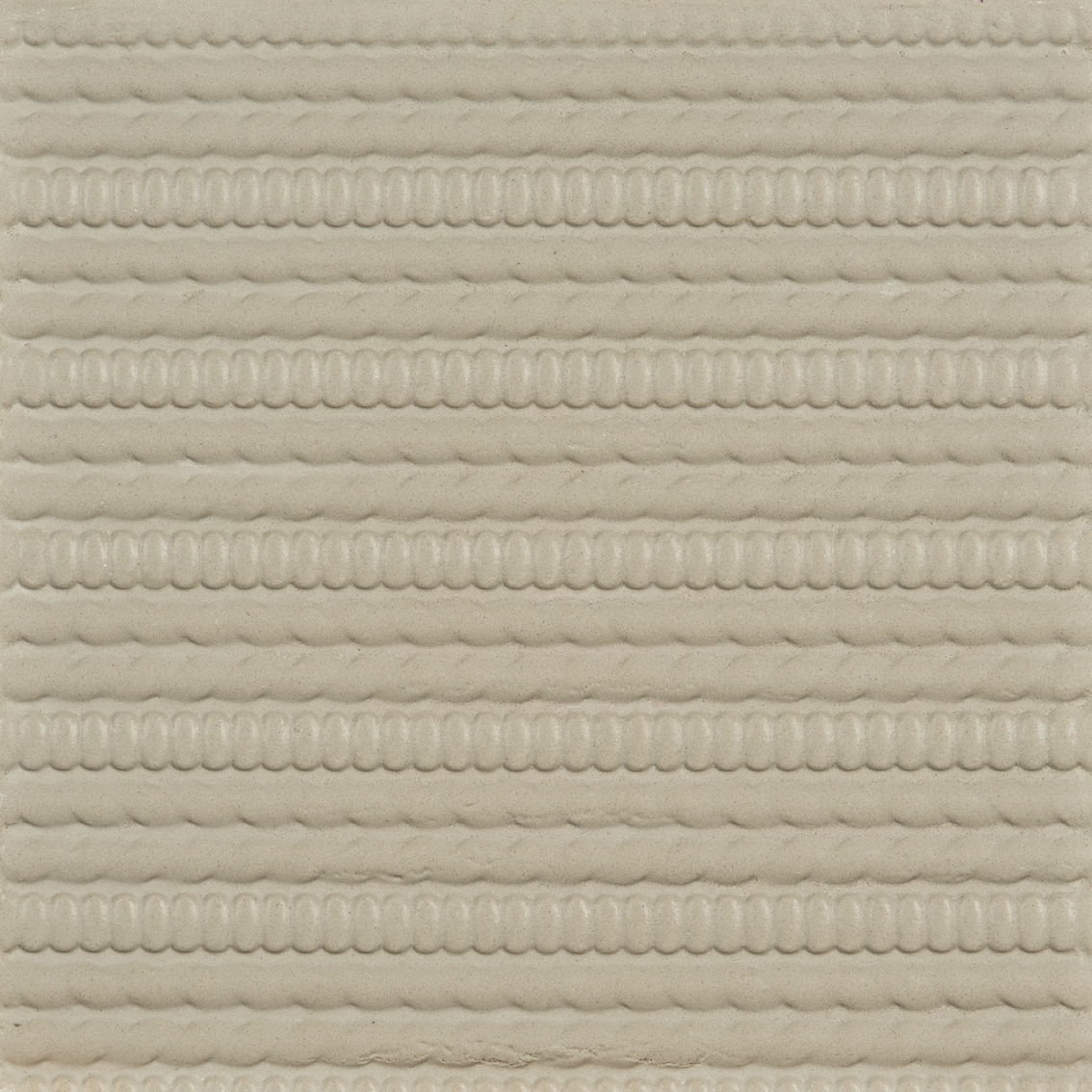
Design by Lorenzo Palmeri for Nodus.
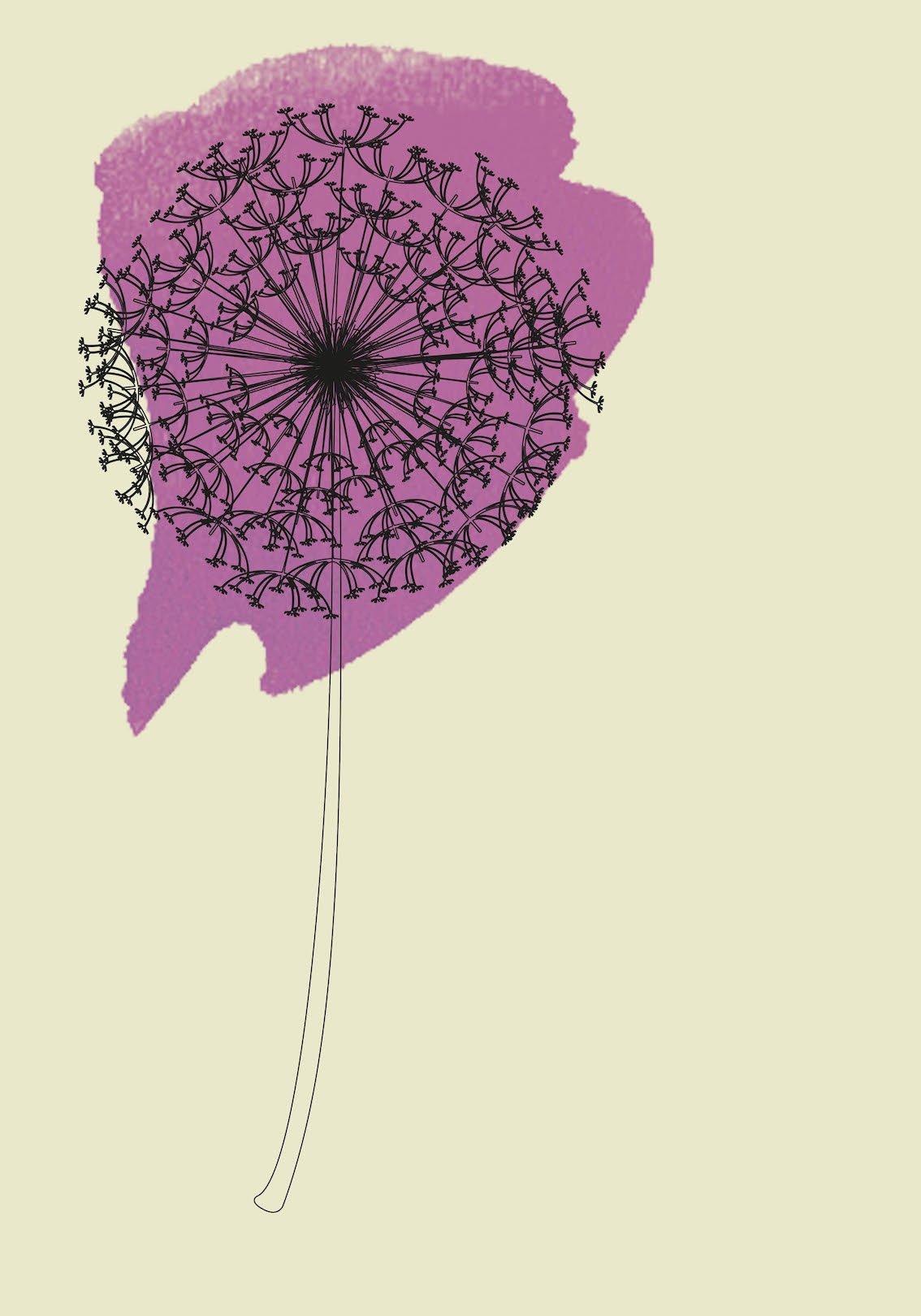
Erbamatta, design by Lorenzo Palmeri, wallpaper.